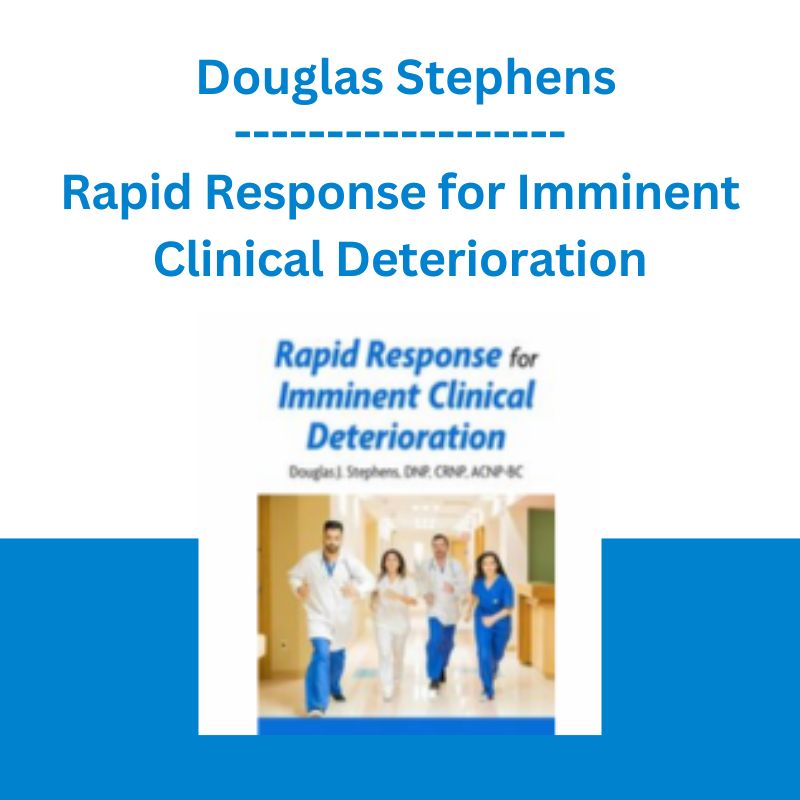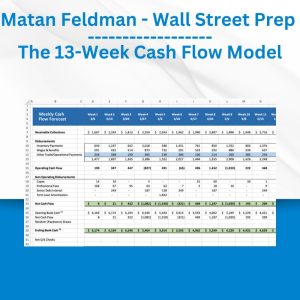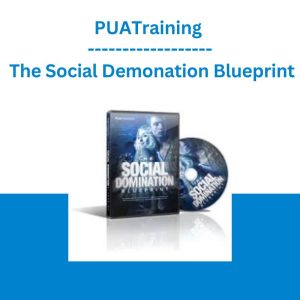*** Proof of Product ***
Exploring the Essential Features of “Rapid Response for Imminent Clinical Deterioration – Douglas Stephens”
Rapid response systems are an invaluable tool for healthcare professionals. They provide a way to quickly and efficiently respond to emergencies in hospitals, allowing medical personnel to quickly assess the situation and take action. The rapid response system is designed to minimize the time it takes for medical staff to respond, often saving precious minutes that could make all the difference. Healthcare providers can also use this system to contact appropriate healthcare personnel for further assistance. By taking a proactive approach to emergency care, healthcare providers can give patients the best possible chance at recovery. Rapid response systems have become essential for hospitals and medical centers worldwide.
In addition to helping reduce response times and improve patient outcomes, rapid response systems benefit healthcare providers. By promptly accessing the appropriate personnel and resources, healthcare providers can provide better care with fewer delays. With so many positive benefits to rapid response systems, it is no wonder that they have become an integral part of modern healthcare.
Speaker
Douglas Stephens, DNP, CRNP, ACNP-BC, is an associate professor in the graduate program at Jacksonville State University. He is the lead faculty for the Adult-Gerontology Acute Care Nurse Practitioner track and is nationally certified as an adult acute care nurse practitioner, with clinical practice experience in critical care medicine. He continues to pursue opportunities to improve patient outcomes for imminent declining patients, using ACLS evidence in all patient populations.
Speaker Disclosures:
Financial: Douglas Stephens has employment relationships with Birmingham Hospital and Jacksonville State University. He receives a speaking honorarium from PESI, Inc. He has no relevant financial relationships with ineligible organizations.
Non-financial: Douglas Stephens is a member of the American Association of Nurse Practitioners and the American Association of Critical-Care Nurses.
Objectives
- Differentiate between the roles and benefits of different rapid response models of care.
- Determine the criteria to activate a rapid response system.
- Recognize the early warning signs of acutely deteriorating patients.
- Initiate Goals of Care Discussions, as part of the rapid response.
Outline
Rapid Response Models – Roles, Prose & Cons
- Medical Emergency Team
- Critical Outreach Service
- Rapid Response Team
- Patient/Family Initiated Rapid Response
- Track and Trigger warning System
The Criteria for Activating Rapid Response
- Vital sign changes
- Physical exam assessment change
- Acute neurological changes
- Healthcare staff significant concern
The Early Warning Score
The “Afferent” and “Efferent” of Rapid Response
Incorporation of Goals of Care
Target Audience
- Nurses
- Nurse Practitioners
- Clinical Nurse Specialists
- Physician Assistants
Please see the full list of alternative group-buy courses available here: https://lunacourse.com/shop/










 Akil Stokes & Jason Graystone - TierOneTrading - Trading Edge 2019
Akil Stokes & Jason Graystone - TierOneTrading - Trading Edge 2019  Racing Workshop - Complete Online Package
Racing Workshop - Complete Online Package  Money Miracle - George Angell - Use Other Peoples Money To Make You Rich
Money Miracle - George Angell - Use Other Peoples Money To Make You Rich  SMB - Options Training
SMB - Options Training  PUATraining - The Social Demonation Blueprint
PUATraining - The Social Demonation Blueprint  Alphashark - The AlphaShark SV-Scalper
Alphashark - The AlphaShark SV-Scalper  Trade Like Mike - The TLM Playbook 2022
Trade Like Mike - The TLM Playbook 2022  Fred Haug - Virtual Wholesaling Simplified
Fred Haug - Virtual Wholesaling Simplified  Jesse Livermore Trading System - Joe Marwood
Jesse Livermore Trading System - Joe Marwood  Naa Ardua - So Simple SVG Files Course
Naa Ardua - So Simple SVG Files Course  Toshko Raychev - Profit System + ITF Assistant
Toshko Raychev - Profit System + ITF Assistant  Forexmentor - Recurring Forex Patterns
Forexmentor - Recurring Forex Patterns  George Fontanills & Tom Gentile - Optionetics Wealth Without Worry Course
George Fontanills & Tom Gentile - Optionetics Wealth Without Worry Course  Kate Edwards - Develop a Customer Service Mindset
Kate Edwards - Develop a Customer Service Mindset  George Fontanills & Tom Gentile - Optionetics 6 DVD Series Home Study Course (Digital Download)
George Fontanills & Tom Gentile - Optionetics 6 DVD Series Home Study Course (Digital Download)  Ed Ponsi - Forex Trading
Ed Ponsi - Forex Trading  Greg Loehr - Advanced Option Trading With Broken Wing Butterflies
Greg Loehr - Advanced Option Trading With Broken Wing Butterflies  Matthew Kratter - Trader University
Matthew Kratter - Trader University  Crypto Dan - The Crypto Investing Blueprint To Financial Freedom By 2025
Crypto Dan - The Crypto Investing Blueprint To Financial Freedom By 2025  The Daily Traders – Exclusive Trading Mentorship Group
The Daily Traders – Exclusive Trading Mentorship Group  Simpler Trading - Bruce Marshall - The Options Defense Course
Simpler Trading - Bruce Marshall - The Options Defense Course  Chris Capre - Advanced Price Action Ongoing Training & Webinars
Chris Capre - Advanced Price Action Ongoing Training & Webinars  Charles-Edmond De Beaulieu - How to have a girlfriend: 100% French Lover - The best Tips and seduction techniques from France
Charles-Edmond De Beaulieu - How to have a girlfriend: 100% French Lover - The best Tips and seduction techniques from France  Amira Rahim - Better Than Art School
Amira Rahim - Better Than Art School  Dave Landry - Stock Selection Course
Dave Landry - Stock Selection Course  Lindsay Wilson - Booked
Lindsay Wilson - Booked